 It’s often helpful to try and tackle familiar problems from unfamiliar angles: it makes you think again about what’s what and maybe it opens up some new ideas.
It’s often helpful to try and tackle familiar problems from unfamiliar angles: it makes you think again about what’s what and maybe it opens up some new ideas.
And so I present my t-shirt.
[yes, that is a finely-tuned physique it contains, but let’s leave that for another time]
A night’s sleep disturbed by the seeming lack of understanding about the basic choices the UK faces when it comes to economic relations with the EU had got me to some wild thoughts about another graphic. Possibly involving graceful curves. Which isn’t me.
Then I pulled out this top and a much simpler way of trying to work through the issue presented itself.
The t-shirt is – of course – not just a t-shirt. It’s an example of how modern economies work.
Beyond its material existence as a piece of clothing, it also comes out of a system of production that has to comply with numerous bits of regulation: standards on health and safety; approvals for the chemicals used in dyes; intellectual property rights for designers; obligations on truthful marketing; rules-of-origin for raw materials; and much more.
It’s also (and this was the clincher) a fine piece of British manufacturing. Lovely people, Restrap: totally recommend all their kit.
Like UK-EU relations how?
Using the t-shirt we can start to make perhaps more sense of options than would be the case with dry economic theory.
Let’s start with a baseline case: someone in another country that the UK doesn’t have any trade deals with hears about this t-shirt and wants to buy one.
Apart from having to sort out payment and shipping, the customer in our imagined country might encounter a number of additional barriers before they can pull it on.
The most basic of these would be either a limit on the number of t-shirts that can be imported each year from the UK (a quota) or a charge applied to each t-shirt being imported from the UK (a tariff). These are both classic ways of protecting domestic producers.
You can deal with these kinds of barriers with a free-trade agreement (FTA). Usually these involve reducing quotas and/or tariffs, but in the case of the FTA that the UK signed with the EU – the Trade & Cooperation Agreement – they went for zero quotas and zero tariffs, largely because these didn’t exist beforehand to be removed.
Great stuff, but not actually ‘free trade’.
Remember all those rules I mentioned beforehand? Well those are still in place, so our customer in country X might find the importer who’s bringing in the t-shirt has to satisfy national authorities of compliance with those various regulations and standards.
One big thing you can address is the question of where something comes from.
In our case, country X authorities might be concerned that even if the UK rules on producing t-shirts mean they’re not a competitive threat to domestic producers, maybe a UK firm is just acting as a conduit for much cheaper producers elsewhere, taking advantage of the UK’s low tariffs with them.
Similar, the t-shirt might be made in Yorkshire, but the raw materials will come from elsewhere, cotton not being a big crop in God’s Own Country. But because enough work has been done on those materials inside the UK, per UK rules (which reflect international norms), it’s now a UK-made product. More complicated items, like bicycles, are more complicated, but the same idea applies.
You can start to solve both these kinds of problems with a customs union.
All parties in such a union agree to have the same tariffs in place with third countries, so that you don’t get the direct problem of diverting trade through the low-tariff state or the indirect one of bypassing tariffs by doing work on things to make them ‘locally made’. Now, wherever goods enter the customs union, they get the same treatment, which means it’s no longer something that needs to be checked at internal borders. Indeed, you don’t need internal tariffs at all.
All good stuff, but there’s still a lot left on that original list. What if country X requires all text on items to be provided in the local language? Then the producer now has to either make a new version or supply some translation: neither’s a big deal in this case, but it’s still extra cost to do and if it needs to be signed off, that’s still paperwork.
So the big step to address these barriers is to have a common or single market.
As the name suggests, you’re trying to make something that’s more like the conditions you’d expect to find within a country. I hadn’t have any additional checks or controls when I bought this Yorkshire item from Surrey, so why do the same with country X?
In principle, you can do this – it’s more or less what you have in the EU, for example. But it’s very much bigger thing than an FTA or a customs union.
That’s because it can involve an awfully large number of things.
Importantly, it’s not simply about removing differences in rules on producing and moving goods (which itself includes manufacturing, transportation protocols, workers’ rights, environmental protection and more).
It’s also about removing differences on offering services (e.g. accessing the help service should I need guidance on, um, making my t-shirt work), moving capital (e.g. being able to have transaction-cost free purchase options in other countries) and allowing workers to move too (e.g. to make it possible to hire the finest t-shirt makers from across the area without restrictions).
Suddenly, the simple idea turns out to be really quite involved, especially because you can’t just do these things for t-shirts: you do them for the entire economy.
And there we go
This last point is the key one.
A lot of what we talk about when we look at UK-EU relations is specific cases: visas for musicians, rules on fish, proper cheese from France.
But in many – maybe most – cases, the principles involved are ones that tend to imply much bigger and more generalised processes.
Certainly, in each of these situations – no specific deal, an FTA, customs union, a single market – there is a degree of wiggle room. The EU’s single market has various gaps in it, for example, just as the UK has mixed in a very high level of integration with the EU for Northern Ireland alongside its otherwise very minimal FTA.
However, wiggle room is not the same as the fundamental differences that come with each basic option.
The more you work together to remove barriers to trade, the more you limit yourself in what you can do with third countries and what you can do domestically.
A customs union is not just an agreement on common external tariffs; it’s also an obligation to negotiate as part of that union in tariff discussions with other states.
A single market is not just a means to get full and free access to your partners’ markets; it’s also a permanent negotiation about addressing emerging barriers and a significant intrusion of your partners into making decisions about what happens in your country.
The t-shirt dilemma
Which brings us back to the t-shirt.
Economic integration is also political integration. None of the steps to ‘improve trade’ outlined above comes without some political implication domestically.
That’s always been the case, both in the abstract and in the particular case of the UK and the EU. And it would be foolish to pretend otherwise.
Too often, we have seen either a framing that is solely economic or solely political, without really trying to put them together. It’s not that ‘X% hit to GDP’ or ‘taking back control’ is wrong, just that neither is the full picture.
And so it is with our t-shirt, which by this point is starting to wonder if some other piece of clothing might not have been pulled out of the chest of drawers.
The t-shirt is both an item of clothing, to be traded as a product, and a representation of UK domestic producers, generating local value and competing in a globalised market.
The more we can recognise those different aspects and the need to take a considered view of how they might best be balanced, the better we will be able to make the big choices about what basic model of economic relations with the EU best serves our collective needs.

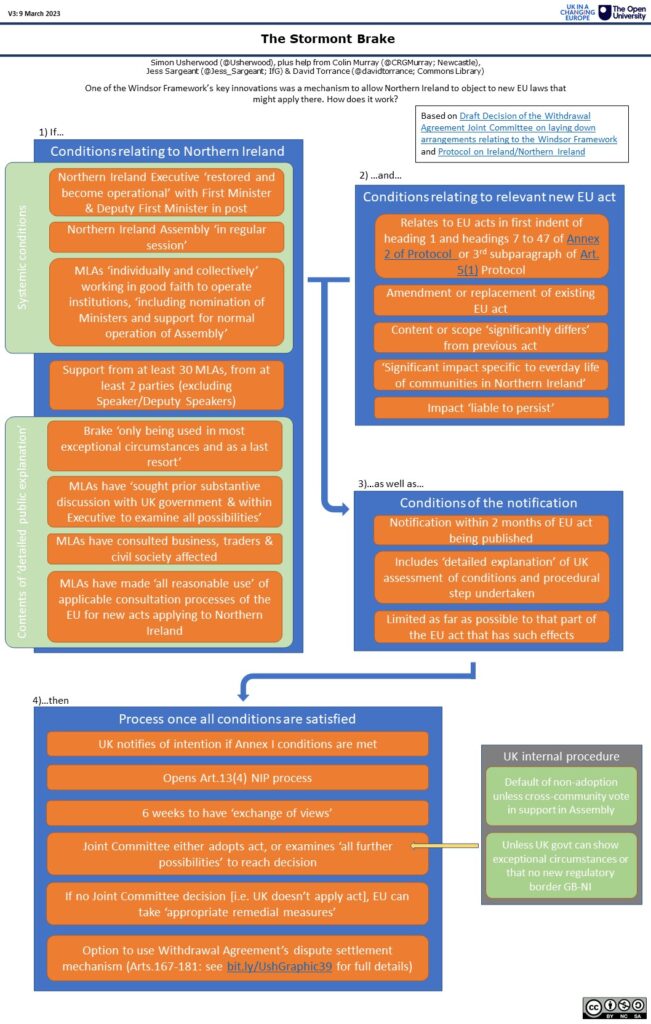
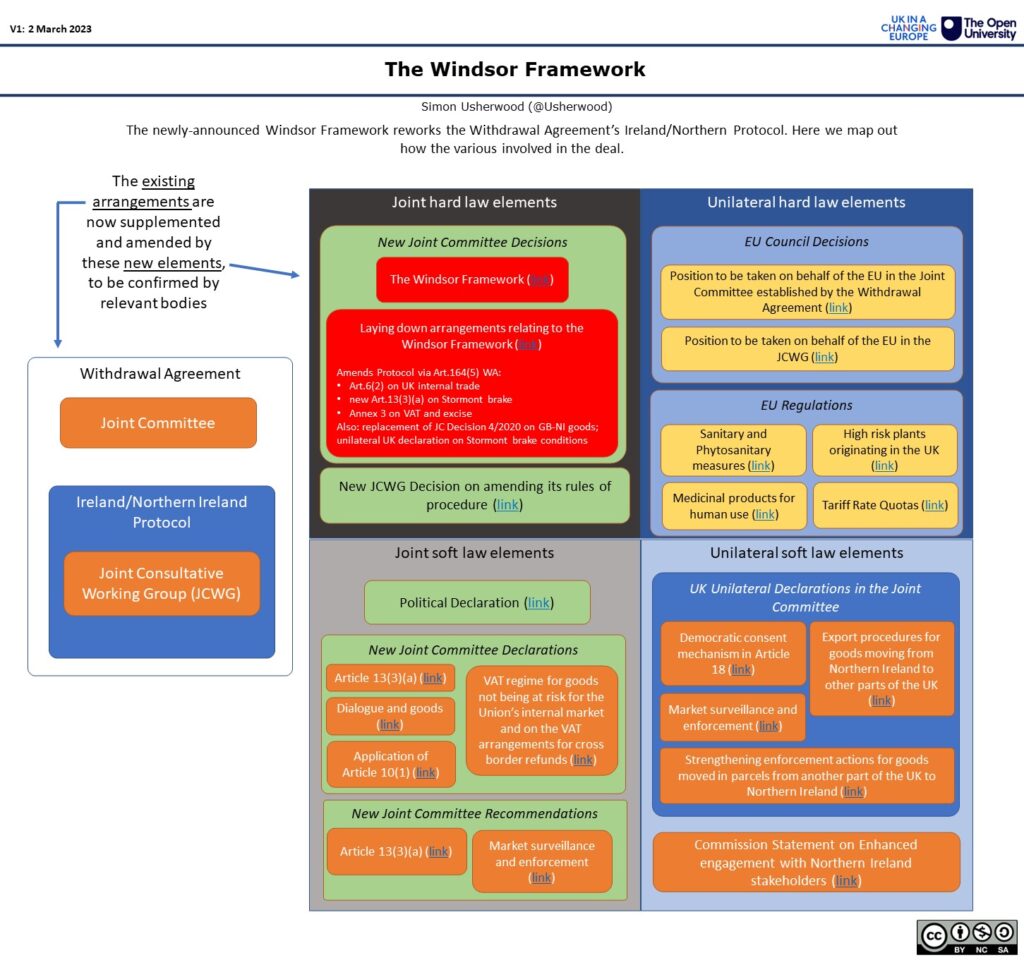
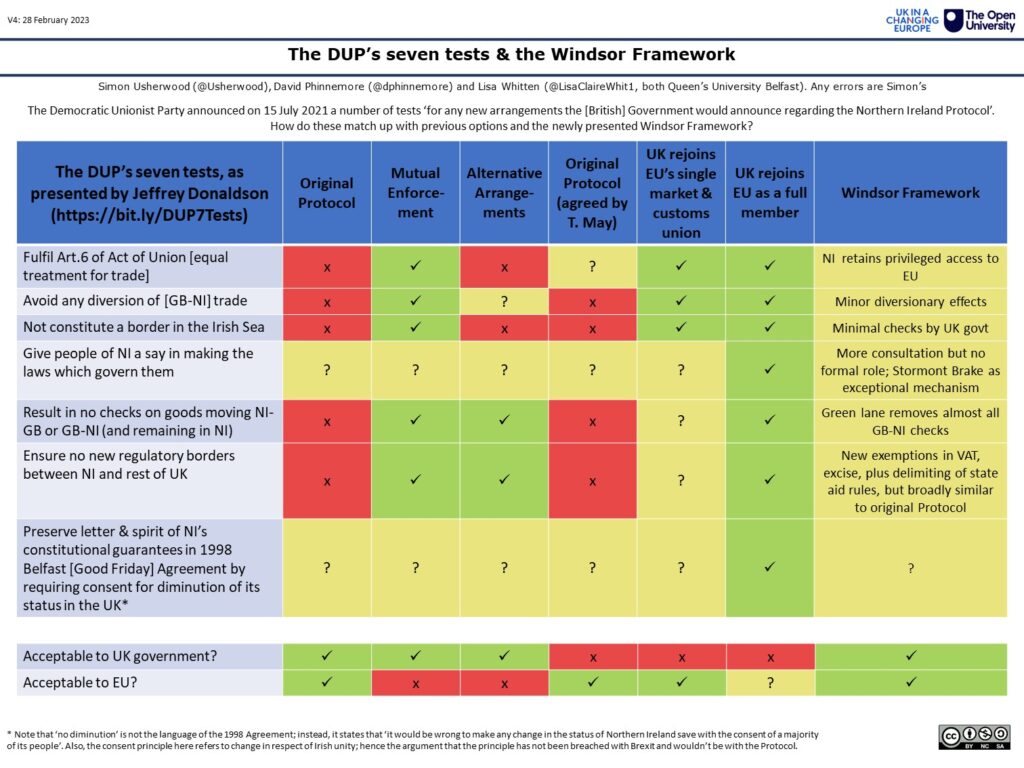
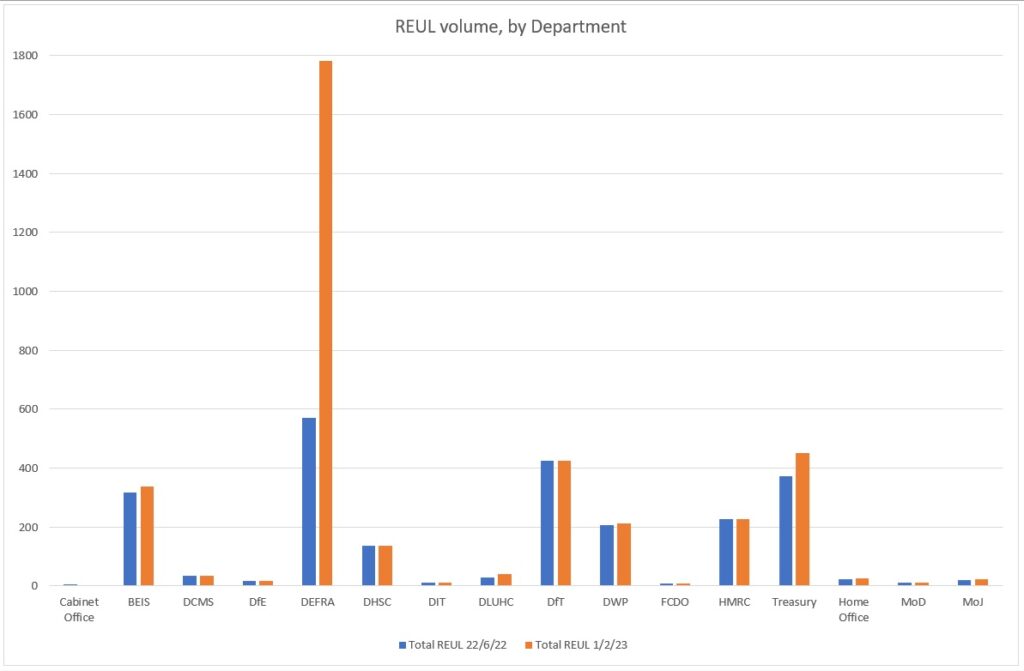
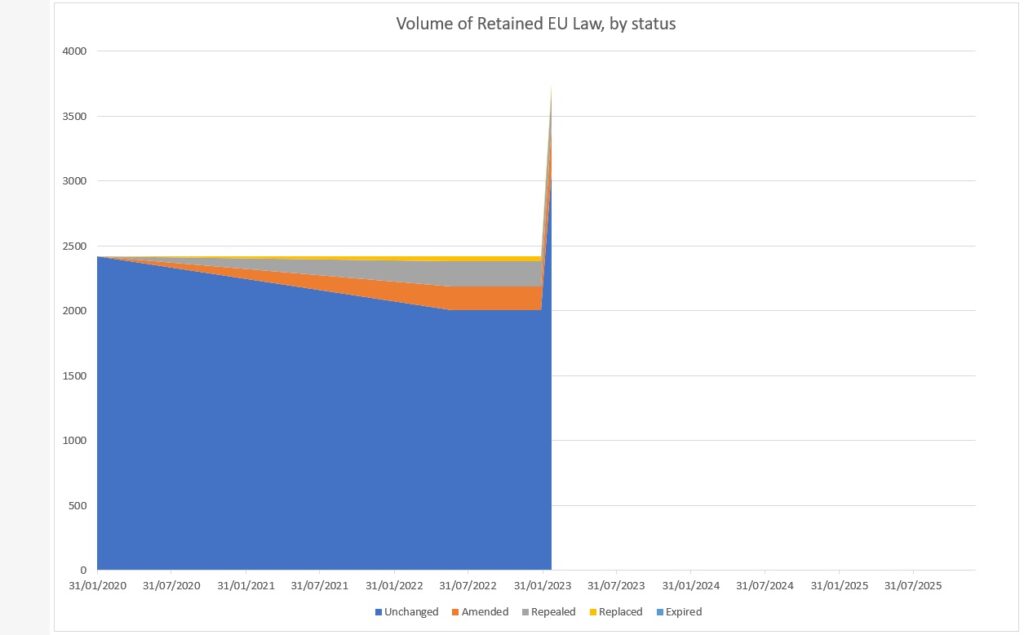
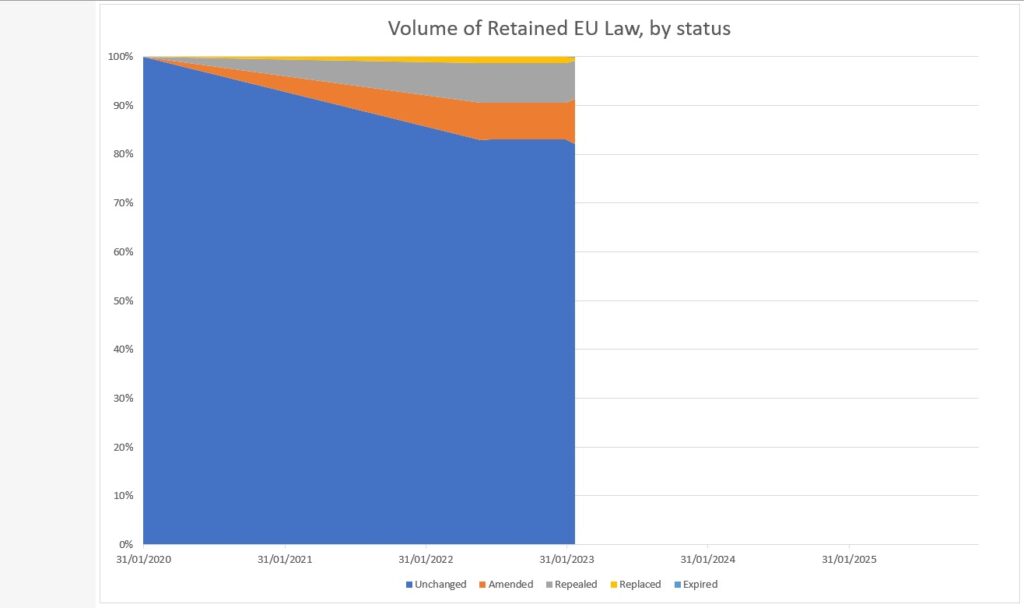
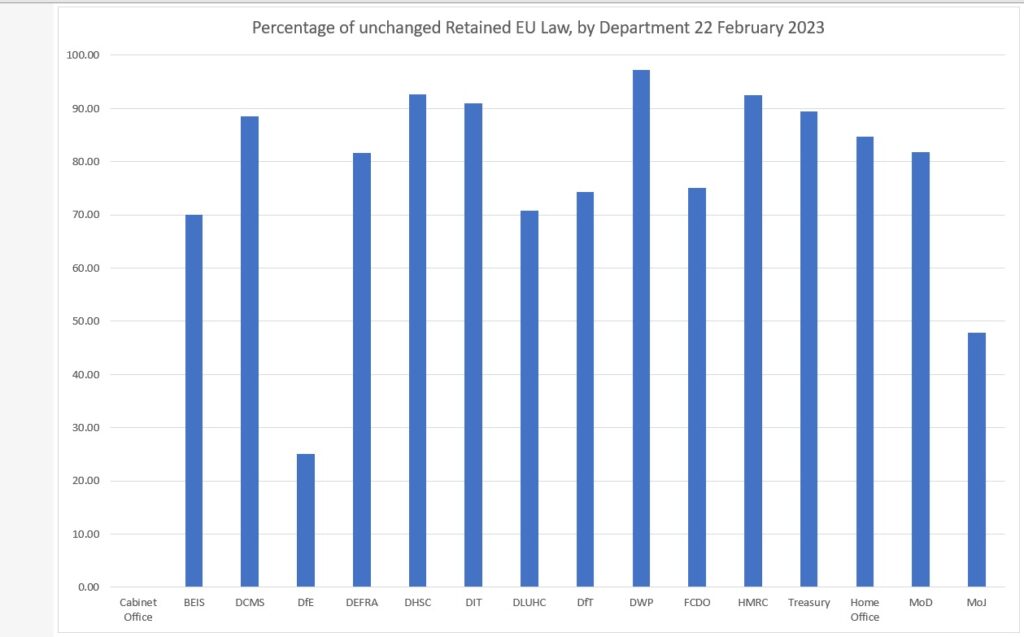
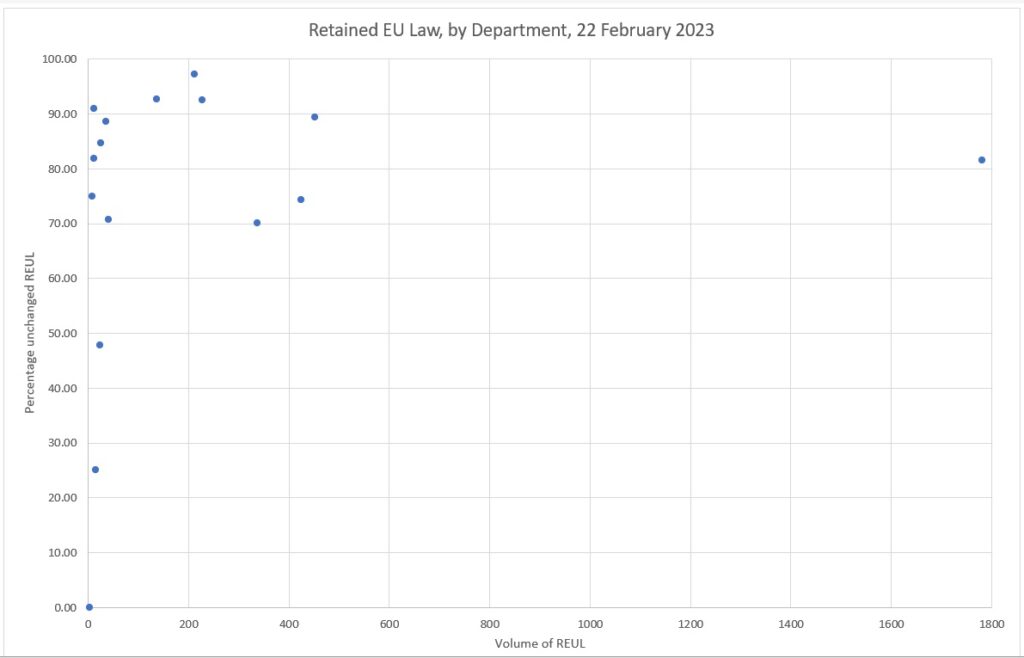
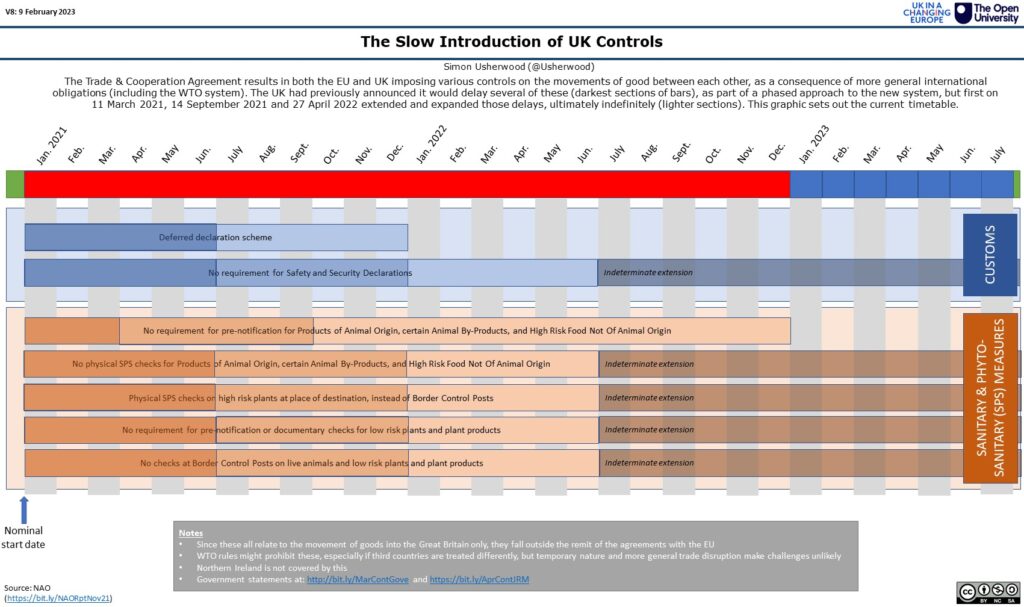
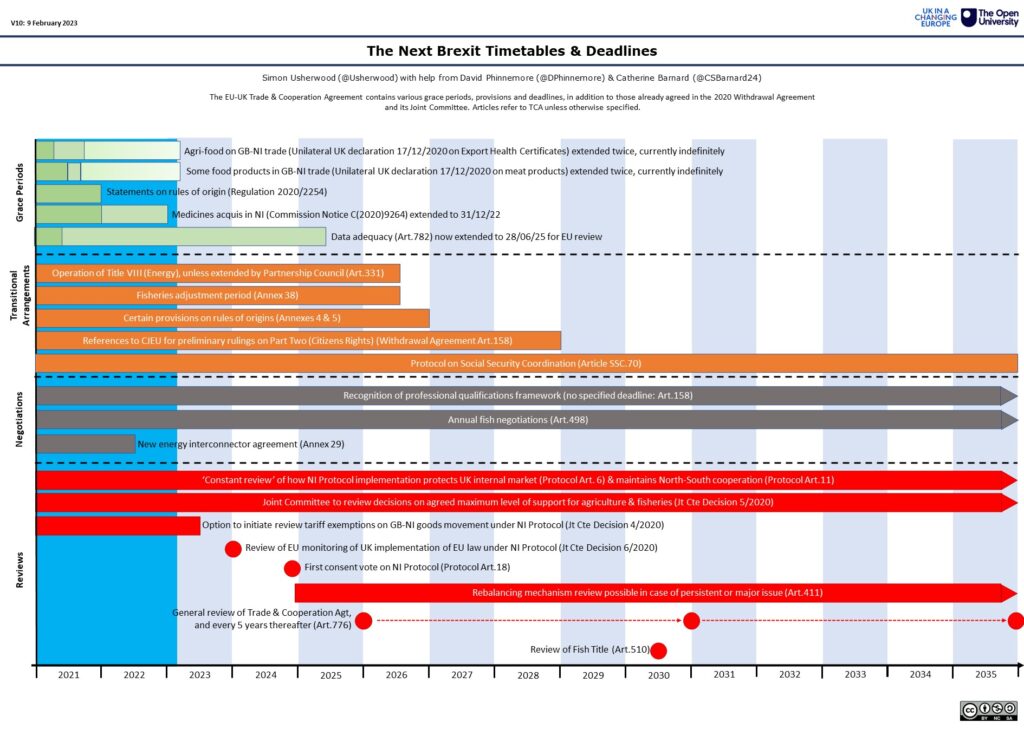


 It’s often helpful to try and tackle familiar problems from unfamiliar angles: it makes you think again about what’s what and maybe it opens up some new ideas.
It’s often helpful to try and tackle familiar problems from unfamiliar angles: it makes you think again about what’s what and maybe it opens up some new ideas.
